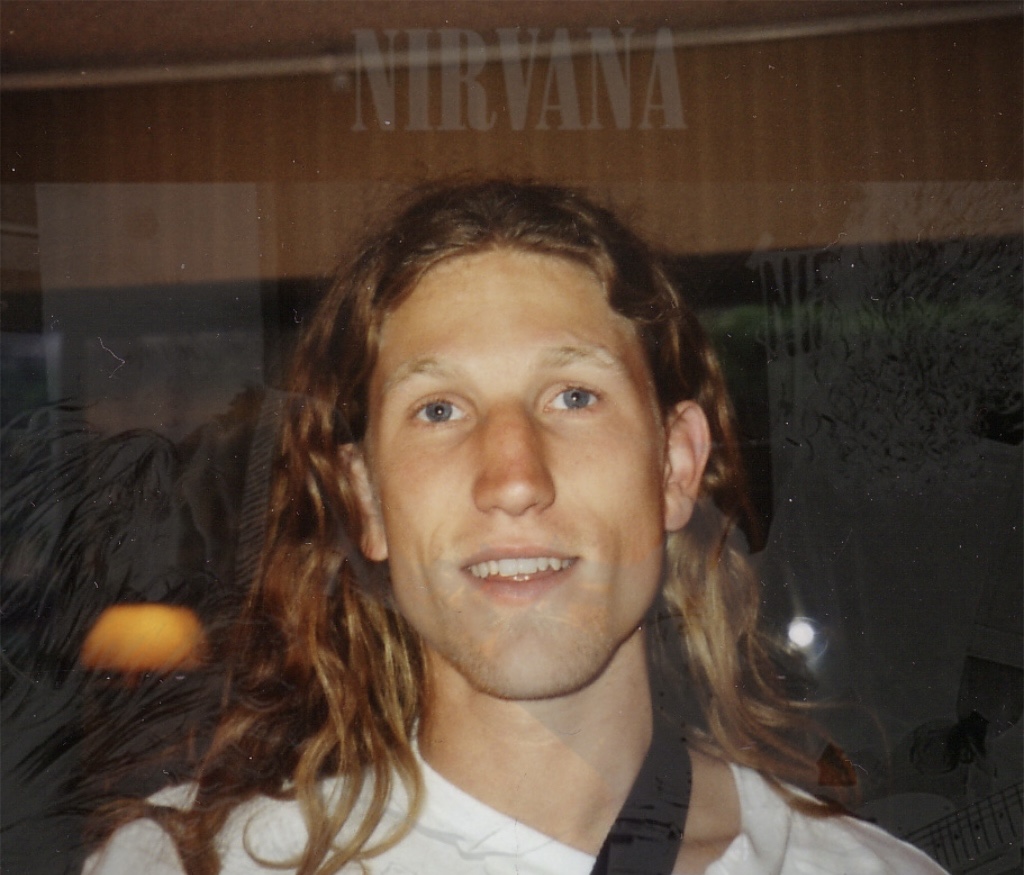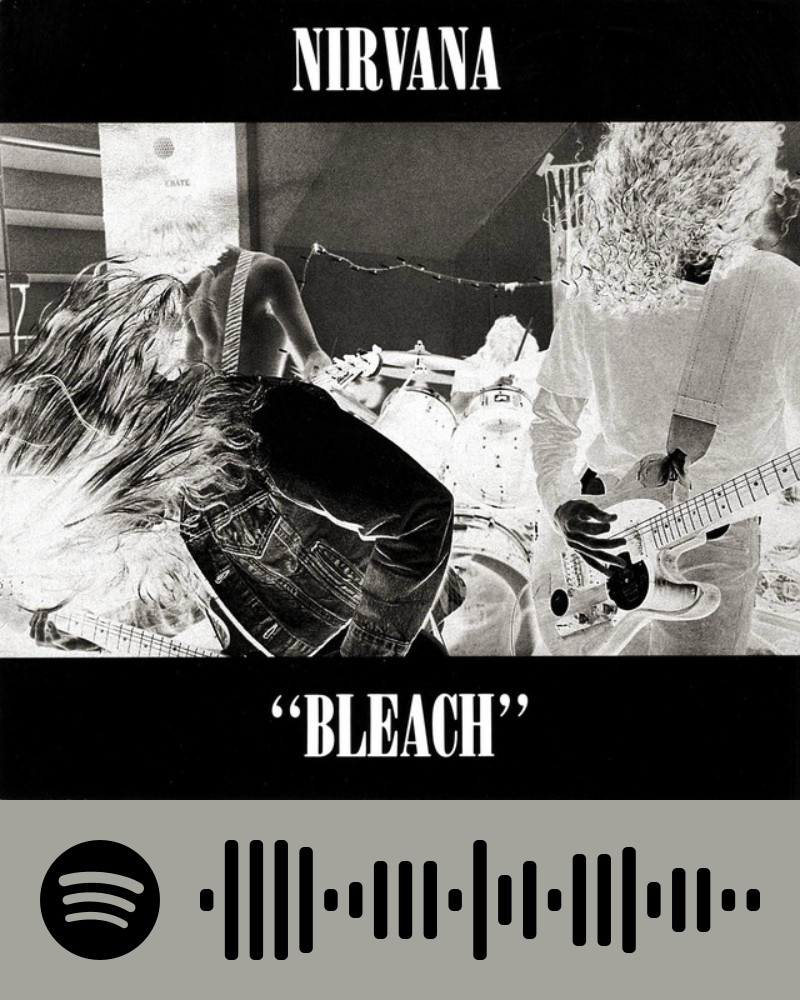Editor’s Note: “Professors’ picks” is a bi-weekly column that explores the presence of music in PLNU professors’ lives. The goal is to celebrate music as a universal language and spotlight how music inspires campus figures in their respective fields.
When you are heading to the microbiology lab at Point Loma Nazarene University, the last thing you probably expect to hear when entering the doors of Sator 105 is wild punk rock music emanating from the speakers. Many students might imagine a sterile, quiet environment, but in reality, biology professor David Cummings changes the stereotype with one simple thing — music.

Cummings grew up in a household that adored music, with his mother loving country music and his father loving anything related to Led Zeppelin.
“My first two albums were ABBA and a Kiss album,” he said. “I had a lot of fun on this little-kid record player I had, singing along and learning the songs.”
That early passion for music continued to grow into a significant part of his life, and he attended his first concert at a young age.
“I was 10 years old, and my mom took me to see Adam Ant,” he said. “I just discovered Adam Ant and most of his new stuff.”
Adam Ant is the solo counterpart to the British band Adam and the Ants, who gained notoriety in the late 1970s and early 1980s for his songs “Goody Two Shoes” and “Stand and Deliver.”
“It wasn’t until high school I started looking back at his old work, which was a lot of non-harmonics, dissonance and things like that, when we think of punk rock,” Cummings said. “It was really unpolished, but I liked it.”
The appeal Cummings saw in Ant’s art was its coarse, organic nature.
“It sounded like you were sitting in a garage listening to these guys bang on their guitars, and I loved it,” he said.
That raw, intimate feeling was something too powerful to give up. Throughout high school, Cummings went from show to show, constantly chasing cheap concerts that he could attend to experience the same feelings that Ant’s work initially stirred in him.

After graduating from high school, he decided it was time for a change and moved from Rochester, NY, to San Diego, CA, in the 1980s.
This was a pivotal moment for his passion for music. He said San Diego allowed him to become more involved in the punk rock scene.
From being backstage at various concerts and meeting band members before large sets, Cummings had countless unique experiences that fans could only dream of.
“There is something really cool about seeing someone you know — even if you don’t know them real well, but you know them a little bit — and they slept on your couch last night. Now they’re on stage and people are going nuts, and you’re like ‘This is cool, there’s something real fun about this.’”
One life-altering memory stood out from the rest — a cathartic experience that marked a turning point in Cummings’ life.
“It was 1989, I had roommates, and I came home from work or something. One of my roommates had bought the Nirvana album, “Bleach.” He hated it, and he asked if I wanted it, and I said, ‘Sure,’” Cummings said. “I remember I got into the shower and I had the stereo playing the CD, and I was practically in tears.”
It is very rare to remember the exact moment when you realize how much something matters to you, but this little nugget was a turning point in Cummings’ taste during his late teenage years as he progressed toward a new generation of music.
“[The Nirvana debut album was] the most genius and emotionally moving music I have ever felt in my life,” he said. “And it was a seismic shift away from the old way of ‘70s and ‘80s music that I had grown up on. I don’t think I ever looked back from that point; my life changed.”
Today, music still impacts Cummings’ life.
“I am in the lab 12 hours a week, so that’s a lot of time to listen to music,” he said. “Minimum seven to eight hours a week listening to old music or discovering new stuff from students. The whole lab will start dancing and singing sometimes.”
